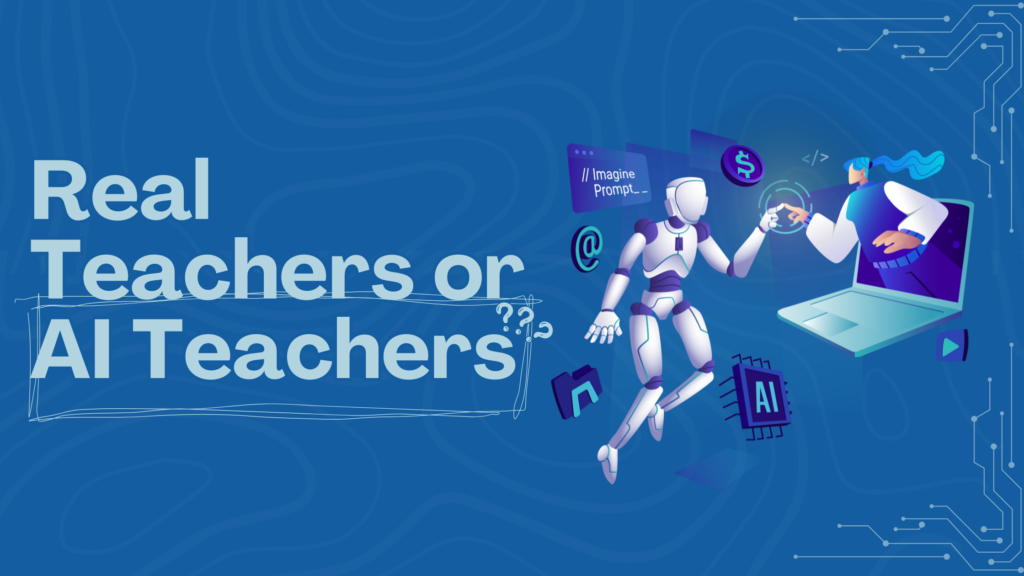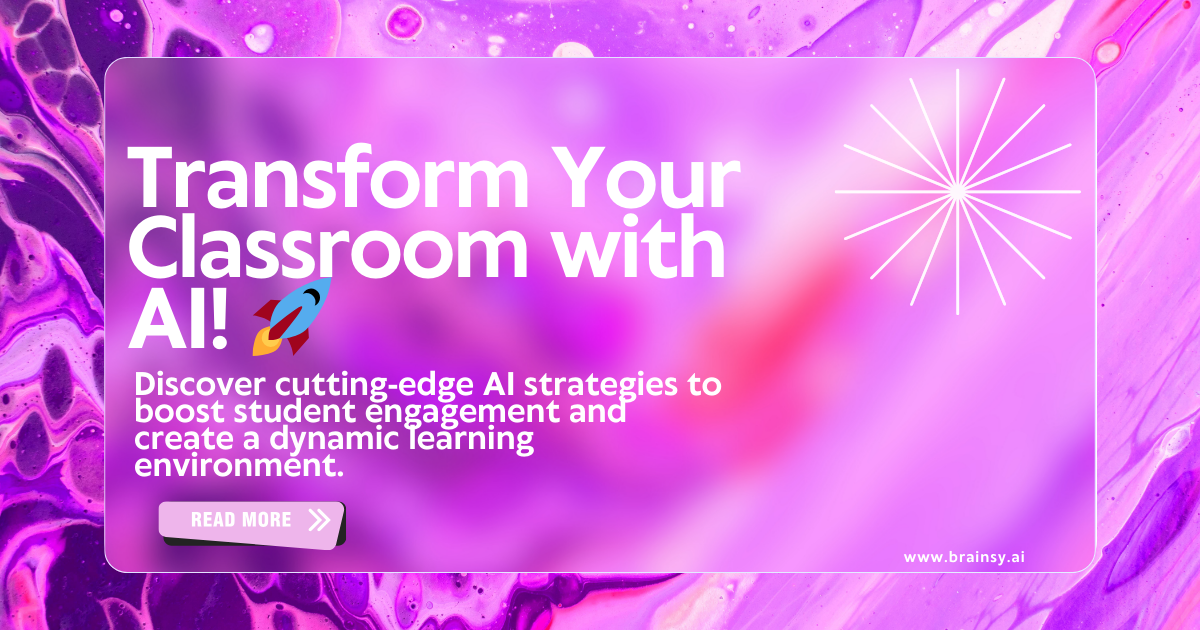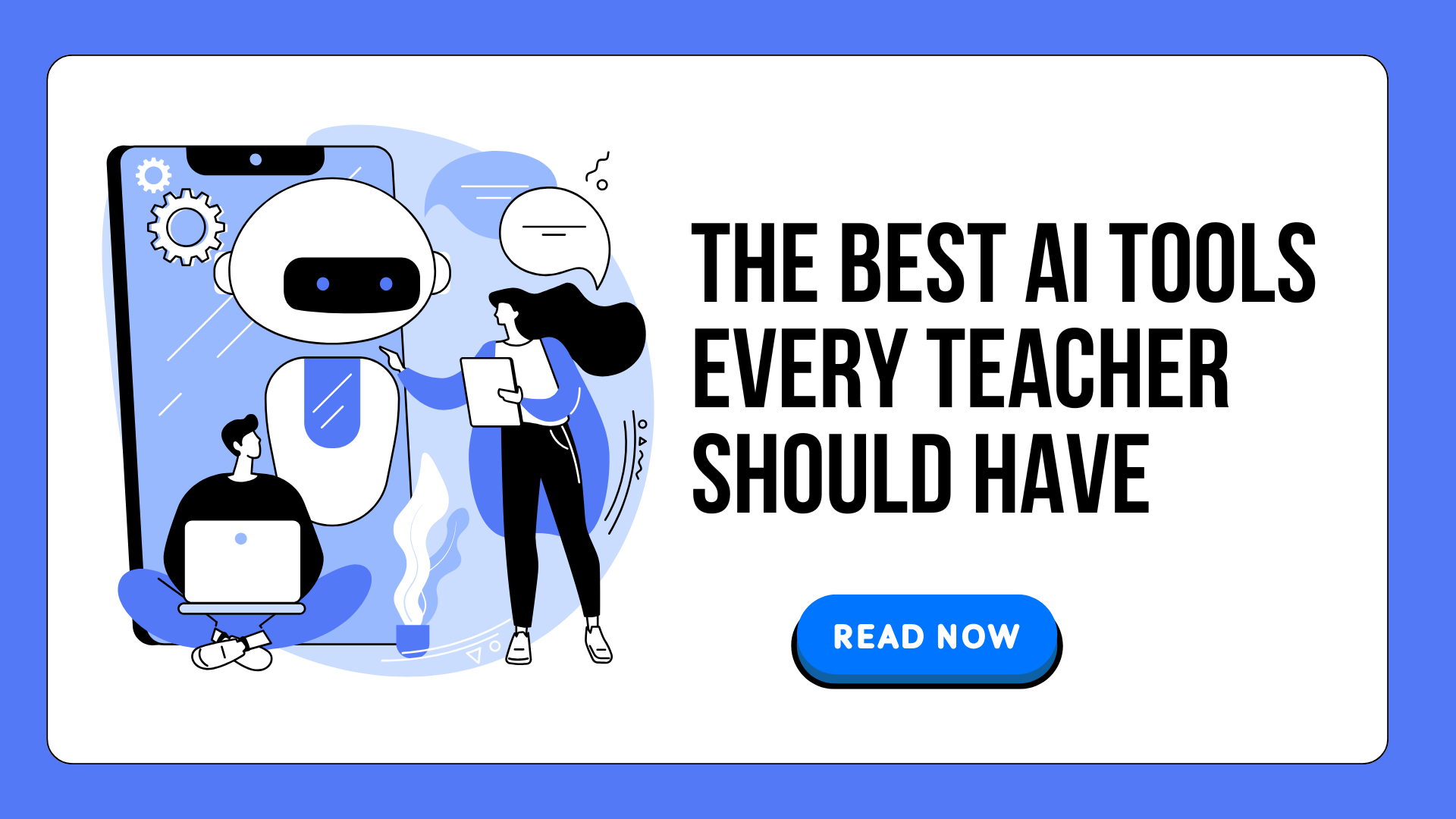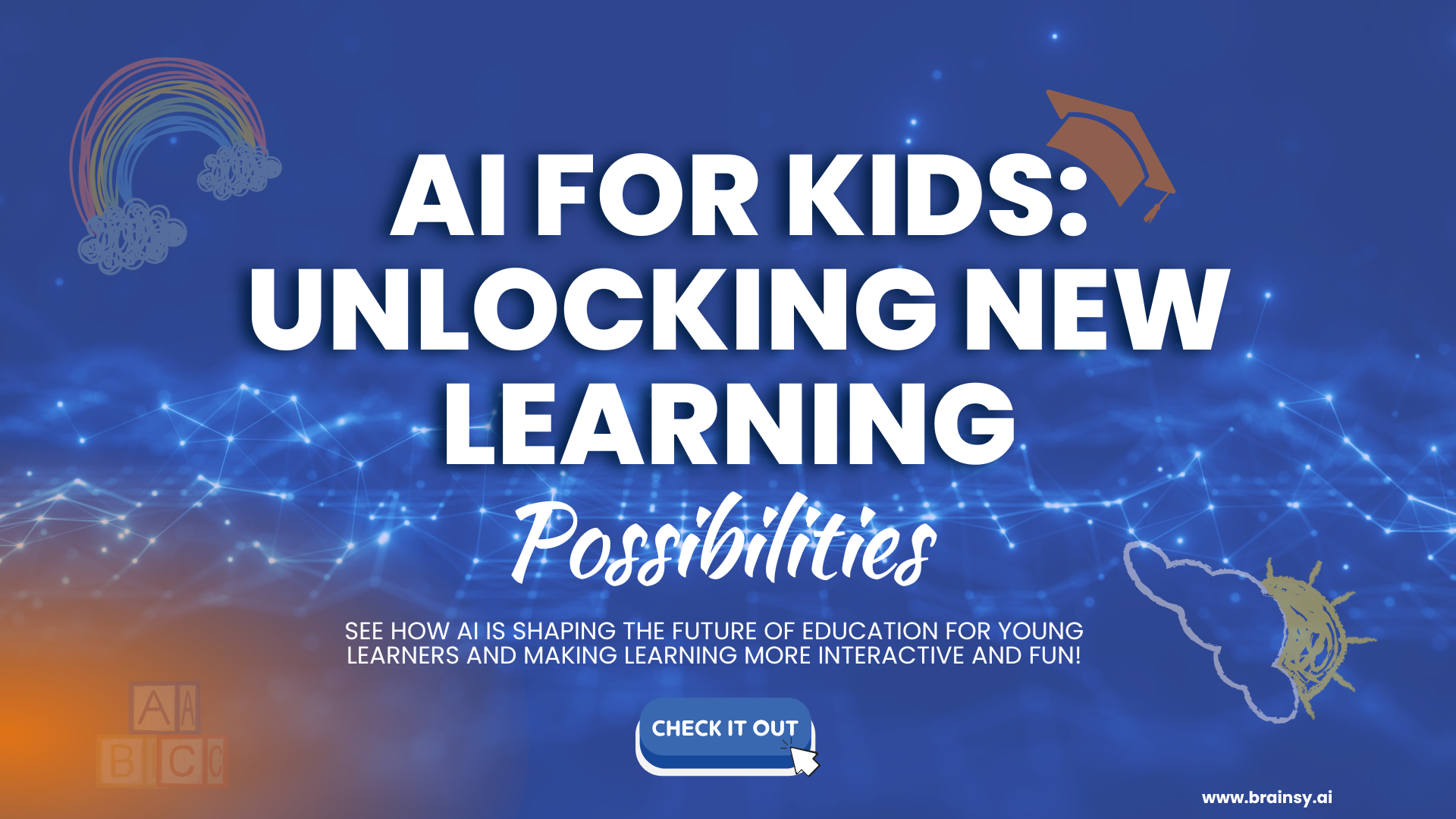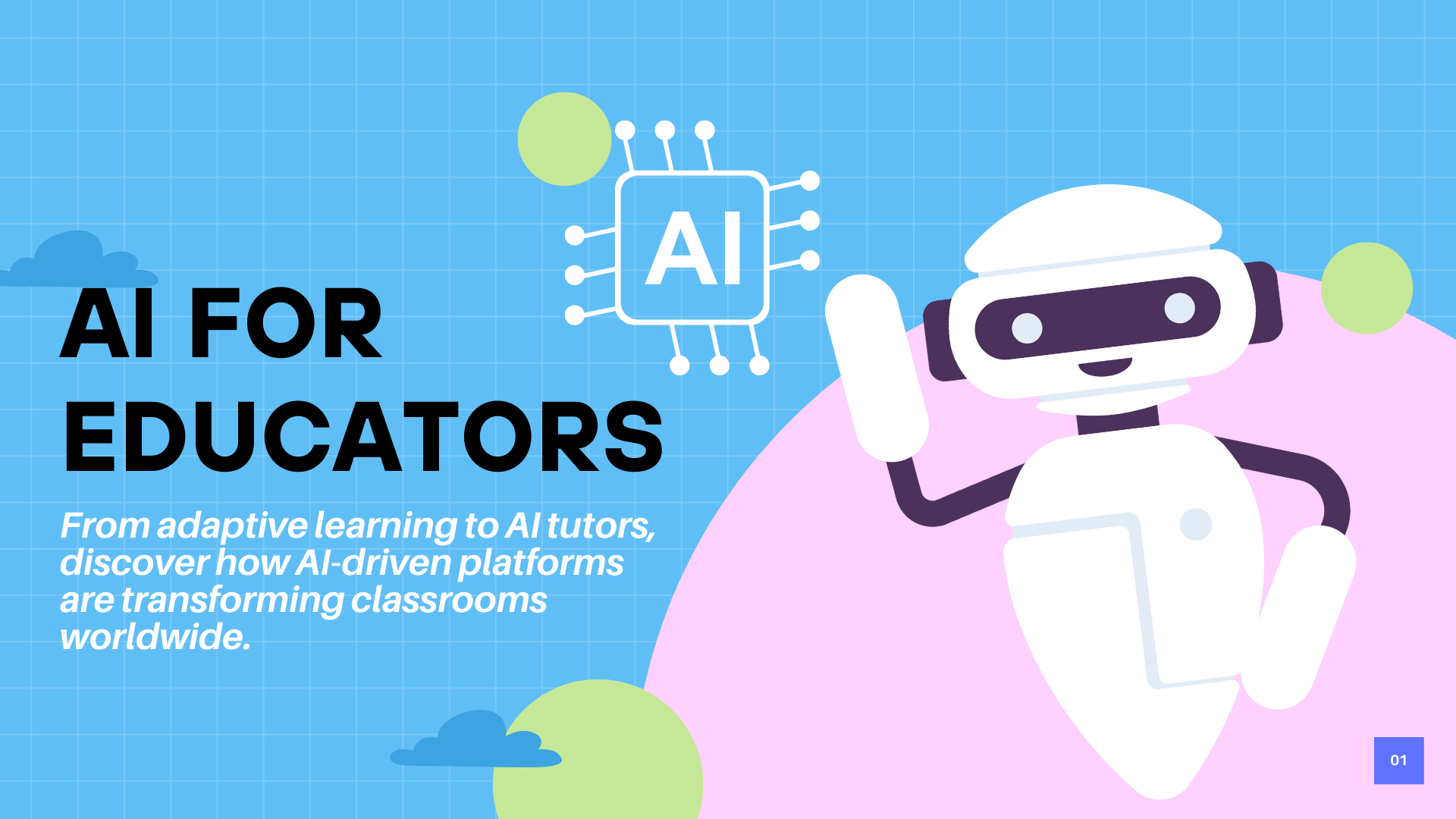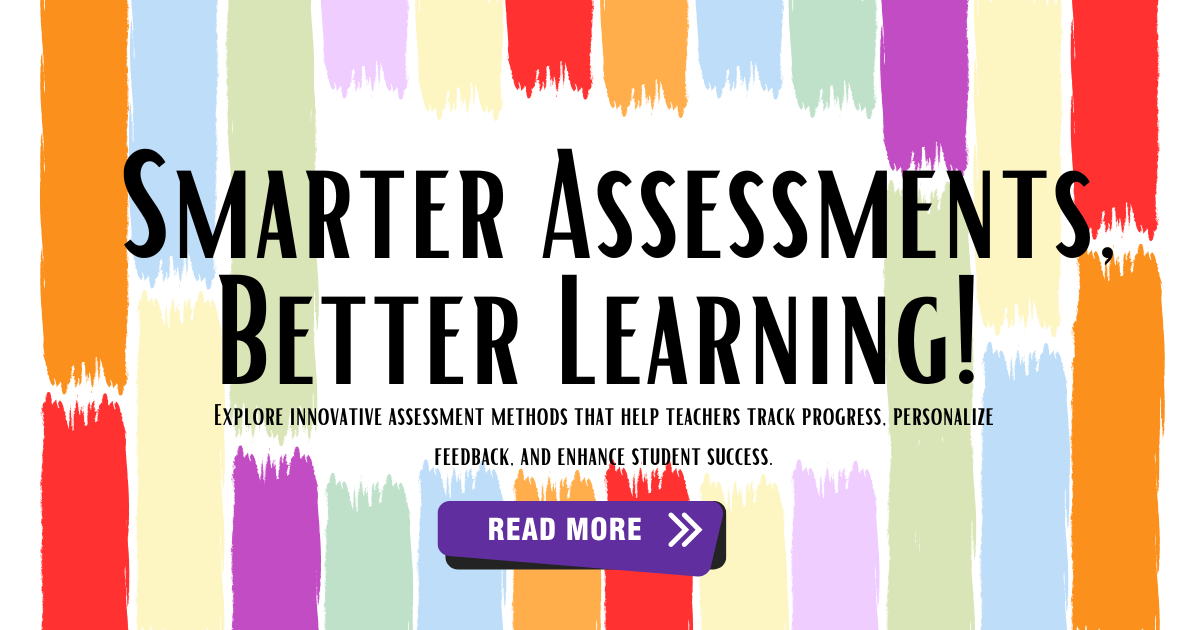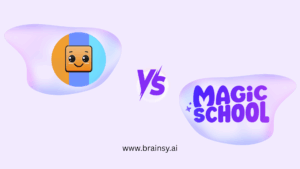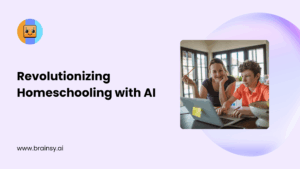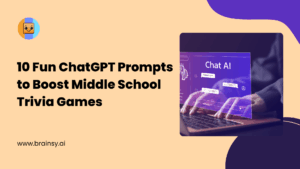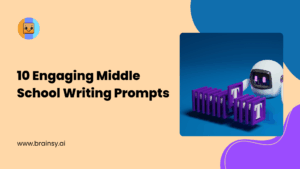As an educator and technology enthusiast, I’ve been fascinated by the ongoing debate surrounding AI teachers versus real teachers. In this article, we’ll explore the advantages and challenges of both approaches, and consider how they might shape the future of education. Let’s dive in and examine this complex issue from various angles, including the rise of personalized learning platforms and AI-driven education.
The Rise of AI in Education: A New Era of Learning
The education landscape is undergoing a profound transformation, and artificial intelligence (AI) is at the forefront of this revolution. As we witness the rapid advancement of AI technologies, it’s becoming increasingly clear that these innovations have the potential to reshape how we teach and learn through personalized education and AI adaptive learning.
In recent years, we’ve seen a surge in AI-powered educational tools and platforms. From intelligent tutoring systems to adaptive learning software, AI is making its presence felt in classrooms around the world. This shift is not just a passing trend; it represents a fundamental change in how we approach education and personalized teaching.
The integration of AI in education offers exciting possibilities. For instance, AI can provide personalized learning experiences, instant feedback, and round-the-clock access to educational resources. These features have the potential to enhance student engagement and improve learning outcomes through customized learning paths.
However, as we embrace this new era of learning, it’s crucial to consider the implications carefully. While AI brings numerous benefits, we must also address concerns about the role of human teachers and the importance of social interaction in the learning process.
Understanding AI Teachers: Capabilities and Limitations
AI teachers, or more accurately, AI-powered teaching tools, are becoming increasingly sophisticated. These systems can:
- Analyze vast amounts of data to identify learning patterns
- Adapt content and pacing to individual student needs
- Provide instant feedback on assignments and assessments
- Offer 24/7 availability for student queries
The capabilities of AI in education are impressive, but it’s essential to understand their limitations as well. While AI can process information quickly and efficiently, it lacks the emotional intelligence and nuanced understanding that human teachers bring to the classroom.
Moreover, AI systems are only as good as the data they’re trained on. This means they may perpetuate biases or gaps in knowledge if not carefully designed and monitored. As we consider the role of AI in education, we must be mindful of these limitations and work to address them through continuous improvement of personalized learning systems.
The Irreplaceable Human Touch: What Real Teachers Bring to the Table
As someone who has spent years in the classroom, I can attest to the unique value that human teachers bring to the educational experience. Real teachers offer:
- Emotional support and empathy
- Adaptability to unexpected situations
- The ability to inspire and motivate students
- Cultural sensitivity and contextual understanding
Human teachers can pick up on subtle cues that AI might miss, such as a student’s body language or tone of voice. We can adjust our teaching methods on the fly based on the energy in the room or the specific needs of individual students, a form of precision teaching that AI is still developing.
Furthermore, human teachers serve as role models and mentors, guiding students not just in their academic pursuits but also in their personal growth and development. This holistic approach to education is something that AI, at least in its current form, cannot replicate.
AI vs. Human Educators: A Comparative Analysis
To better understand the strengths and weaknesses of AI teachers versus real teachers, let’s break down some key aspects of the educational process:
| Aspect | AI Teachers | Human Teachers |
|---|---|---|
| Content Delivery | Consistent and adaptable | May vary, but can be more engaging |
| Feedback | Instant and data-driven | May be delayed, but more nuanced |
| Availability | 24/7 | Limited to working hours |
| Personalization | Highly customized based on data | Intuitive and context-aware |
| Emotional Support | Limited | Strong |
| Creativity | Based on algorithms | Boundless and spontaneous |
| Cost | High initial investment, lower long-term costs | Ongoing salary and benefits |
This comparison highlights that both AI and human teachers have their unique strengths. The challenge lies in finding the right balance and leveraging the best of both worlds to create an effective personalized learning platform.
The Impact of AI on Student Engagement and Motivation
One of the most promising aspects of AI in education is its potential to boost student engagement and motivation. AI-powered systems can create interactive and immersive learning experiences that capture students’ attention and make learning more enjoyable.
For example, gamification elements integrated into AI learning platforms can turn mundane tasks into exciting challenges. Adaptive quizzes and personalized content recommendations can keep students interested by presenting material at just the right level of difficulty, showcasing the benefits of personalized learning.
However, we must also consider the potential downsides. Over-reliance on technology could lead to decreased human interaction and social skills development. Additionally, some students may find it challenging to stay motivated without the personal encouragement and guidance of a human teacher.
Personalized Learning: How AI Adapts to Individual Needs
One of the most significant advantages of AI in education is its ability to provide truly personalized learning experiences. By analyzing vast amounts of data on student performance, AI can:
- Identify knowledge gaps and areas for improvement
- Suggest tailored learning paths
- Adjust the difficulty and pace of content delivery
- Recommend resources that match individual learning styles
This level of personalization is difficult, if not impossible, for human teachers to achieve consistently, especially in large classroom settings. AI’s ability to cater to individual needs could lead to more efficient and effective learning outcomes through customized learning paths.
However, we must be cautious not to overlook the importance of collaborative learning and peer interaction. While personalized learning is valuable, it should not come at the expense of developing important social and communication skills.
The Social Aspect: Human Interaction in the Learning Process
As we consider the role of AI in education, we must not underestimate the importance of human interaction in the learning process. Education is not just about acquiring knowledge; it’s also about developing social skills, emotional intelligence, and the ability to work collaboratively.
Human teachers facilitate:
- Group discussions and debates
- Team projects and peer learning
- Cultural exchange and diversity appreciation
- Development of interpersonal skills
These social aspects of learning are crucial for students’ overall development and future success. While AI can simulate some forms of interaction, it cannot fully replicate the richness and complexity of human-to-human communication.
Emotional Intelligence: Can AI Match Human Empathy in Education?
Emotional intelligence plays a vital role in the learning process, and this is an area where human teachers currently have a significant advantage over AI. As educators, we understand that learning is not just a cognitive process but an emotional one as well.
Human teachers can:
- Recognize and respond to students’ emotional states
- Provide encouragement and support during challenging times
- Help students develop self-awareness and self-regulation skills
- Foster a positive and inclusive classroom environment
While AI is making strides in emotion recognition and response, it still falls short of the nuanced emotional understanding that human teachers bring to the classroom. The ability to empathize, motivate, and inspire students remains a uniquely human trait, essential for personalization in education.
Balancing Act: Integrating AI Tools with Traditional Teaching Methods
As we move forward, the key to successful education lies in finding the right balance between AI tools and traditional teaching methods. Rather than viewing AI as a replacement for human teachers, we should consider it as a powerful complement to existing educational practices.
Here are some ways we can integrate AI tools effectively:
- Use AI for administrative tasks and data analysis, freeing up teachers to focus on student interaction
- Implement adaptive learning platforms for homework and independent study
- Utilize AI-powered assessment tools to provide quick feedback on assignments
- Incorporate AI-generated content recommendations to supplement teacher-curated materials
By thoughtfully combining AI capabilities with human expertise, we can create a more robust and effective educational experience for students, leveraging the strengths of both AI personalized learning and human-led instruction.
The Future of Education: A Hybrid Approach to Learning
As we look to the future, it’s becoming increasingly clear that a hybrid approach to learning, combining the strengths of both AI and human teachers, is likely to emerge as the most effective model. This approach allows us to harness the power of technology while preserving the irreplaceable human elements of education.
In this hybrid model, we might see:
- AI-powered adaptive learning platforms for personalized practice and reinforcement
- Virtual reality and augmented reality experiences facilitated by AI
- Human teachers focusing on higher-order thinking skills, creativity, and emotional support
- Collaborative projects that combine AI-assisted research with human-guided analysis and presentation
By embracing this hybrid approach, we can create a learning environment that is both technologically advanced and deeply human-centered, offering the best of both AI-driven education and traditional teaching methods.
Addressing Concerns: Ethics and Privacy in AI-Assisted Education
As we integrate AI into education, it’s crucial to address ethical concerns and protect student privacy. Some key issues to consider include:
- Data security and protection of student information
- Transparency in AI decision-making processes
- Potential biases in AI algorithms
- Ensuring equitable access to AI-powered educational tools
We must work to develop clear guidelines and regulations for the use of AI in education, ensuring that these technologies are used responsibly and ethically. This includes considering the implications of machine learning and predictive analytics in educational settings.
Case Studies: Successful Implementation of AI in Classrooms
To better understand the potential of AI in education, let’s look at some real-world examples of successful implementation:
- Personalized Math Tutoring: A school district implemented an AI-powered math tutoring program that adapts to each student’s pace and learning style. The result was a 15% improvement in test scores over traditional methods, showcasing the effectiveness of AI adaptive learning.
- Language Learning Assistant: An AI-powered language learning app used natural language processing to provide instant feedback on pronunciation and grammar, leading to faster language acquisition for students. This demonstrates the power of personalized digital learning in language education.
- Intelligent Content Recommendation: A university library system used AI to analyze student research patterns and recommend relevant resources, resulting in more efficient research processes and higher-quality papers. This case highlights the potential of AI to enhance the journey through learning in higher education.
These case studies demonstrate the potential of AI to enhance learning outcomes when thoughtfully integrated into educational settings.
Teacher Training: Preparing Educators for an AI-Enhanced Future
As AI becomes more prevalent in education, it’s essential that we prepare teachers to work effectively with these new technologies. Teacher training programs should include:
- Understanding the capabilities and limitations of AI in education
- Learning to integrate AI tools into lesson plans and curricula
- Developing skills to interpret and act on AI-generated data and insights
- Exploring ethical considerations in AI-assisted education
By equipping teachers with these skills, we can ensure that they remain at the forefront of educational innovation, working alongside AI to provide the best possible learning experiences for students in an AI-powered classroom.
The Cost Factor: Economic Implications of AI vs. Human Teachers
When considering the implementation of AI in education, we must also take into account the economic implications. While AI systems may have high initial costs, they could potentially lead to long-term savings in terms of reduced staffing needs and increased efficiency.
However, we must be cautious about viewing education solely through an economic lens. The value of human teachers extends far beyond what can be measured in monetary terms. Their ability to inspire, mentor, and shape young minds is invaluable.
As we move forward, it’s crucial to find a balance that leverages the cost-effectiveness of AI while still investing in high-quality human educators. This balance will be key to creating sustainable and effective personalized learning tools.
Conclusion: Finding the Right Balance for Today’s Learners
As we’ve explored throughout this article, the question of AI teachers versus real teachers is not a simple either/or proposition. Both have unique strengths and limitations, and the future of education likely lies in finding the right balance between the two.
AI has the potential to revolutionize education by providing personalized learning experiences, instant feedback, and data-driven insights. However, the human touch – the empathy, creativity, and inspirational qualities of real teachers – remains irreplaceable.
Moving forward, our goal should be to create an educational ecosystem that harnesses the power of AI while preserving and enhancing the role of human educators. By doing so, we can provide today’s learners with the best of both worlds: cutting-edge technology and the irreplaceable human connection that is at the heart of truly transformative education.
As we continue to navigate this exciting frontier in education, I encourage you to stay informed and engaged. Whether you’re an educator, student, parent, or simply someone interested in the future of learning, your voice matters in shaping how we integrate AI into our educational systems. Share your thoughts, experiences, and concerns with your local schools and policymakers. Together, we can create an educational landscape that leverages the best of both AI and human teaching to benefit learners of all ages and backgrounds, ensuring that personalized instruction and individualized learning become the norm rather than the exception.
🚀 Join the Future of Teaching – Get Early Access to the Ultimate AI Platform for Educators!
The AI-Powered Teaching Revolution is Here! 🎓✨
Imagine having one powerful AI platform that helps you plan lessons, grade assignments, personalize learning, and engage students—effortlessly.
🚀 BrainsyAI is launching soon, and you can be among the FIRST to experience it!
🔥 Join the exclusive waitlist now & get:
✅ Early Access – Be the first to try our cutting-edge AI tools.
✅ Exclusive Perks – Special bonuses & training for early adopters.
✅ A Voice in Development – Help shape the future of AI in education.
📩 Spots are limited! Don’t miss out on the AI teaching tool that will change classrooms forever.

